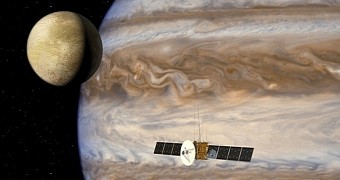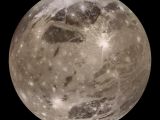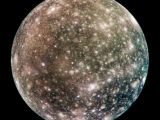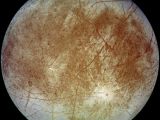Come 2022, scientists with the European Space Agency (ESA) want to send a spacecraft to Jupiter and have it explore this planet and its accompanying moons for signs of alien life.
The spacecraft ESA hopes will leave for Jupiter in less than a decade from now goes by the name of JUICE, which stands for the Jupiter Icy Moons Explorer. Should things go according to plan, JUICE will reach its target sometime in 2030.
When fitted with all the instruments it will need to complete this mission, the spacecraft will tip the scale at about 5 tonnes, fuel mass included. By comparison, the Philae lander weighed just 121 kilograms (266 pounds) when it left Earth.
A one-of-a-kind space mission
Space explorers with ESA explain that, after reaching Jupiter, JUICE will get to work exploring its atmosphere, its magnetosphere, i.e. the area surrounding Jupiter where charged particles are controlled by the planet's magnetic field, and its rings.
What's more, the spacecraft is expected to have a close look at Jupiter's icy moons Ganymede, Europa and Callisto. Thus, JUICE is to complete two Europa flybys and multiple Callisto flybys. As far as Ganymede is concerned, ESA hopes that its spacecraft will manage to place itself in its orbit.
“Detailed investigations of Ganymede will be performed when JUICE enters into orbit around it – the first time any icy moon has been orbited by a spacecraft,” scientists with the Agency write in a recent statement detailing this ambitious space mission.
JUICE is to explore Jupiter and its moons with the help of camera, spectrometers, i.e. instruments designed to measure the properties of light in specific electromagnetic radiation conditions, and sensors that will serve to monitor the local plasma environment.
The spacecraft's instrument payload was announced back in February 2013. It is understood that, all in all, JUICE will carry 11 instruments which are to be developed by scientists in as many as 16 European countries, the US and Japan.
Taking it one step at a time
ESA's JUICE mission first made headlines back in 2012, when it was selected to be the first large mission within the Cosmic Vision Programme. Earlier this month, during a meeting held in Spain at the European Space Astronomy Center near Madrid, the Science Programme Committee gave its approval to this project.
What this means is that the European Space Agency can now move forward to planning this mission in further detail and having scientists get to work designing and developing the instruments its JUICE spacecraft will be carrying on its back when embarking on its adventure to Jupiter.
Commenting on the importance of this space exploration project, ESA scientists wished to stress, “During its lifetime, the mission will give us an unrivaled and in-depth understanding of the Jovian system and of these moons.”

 14 DAY TRIAL //
14 DAY TRIAL // 



